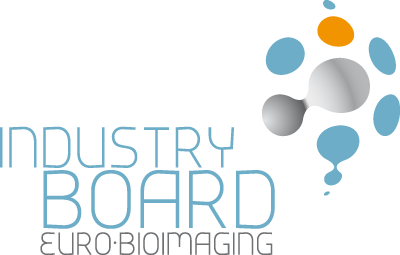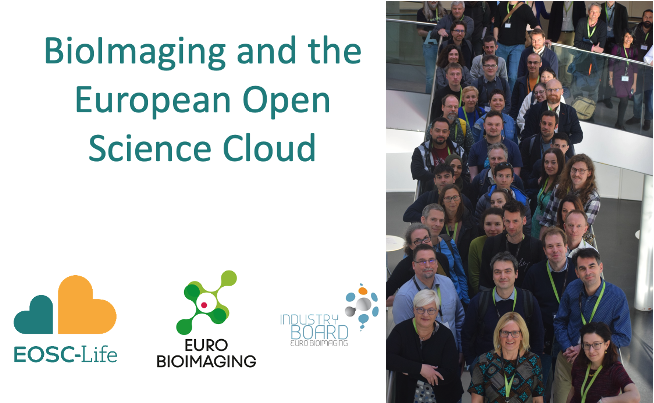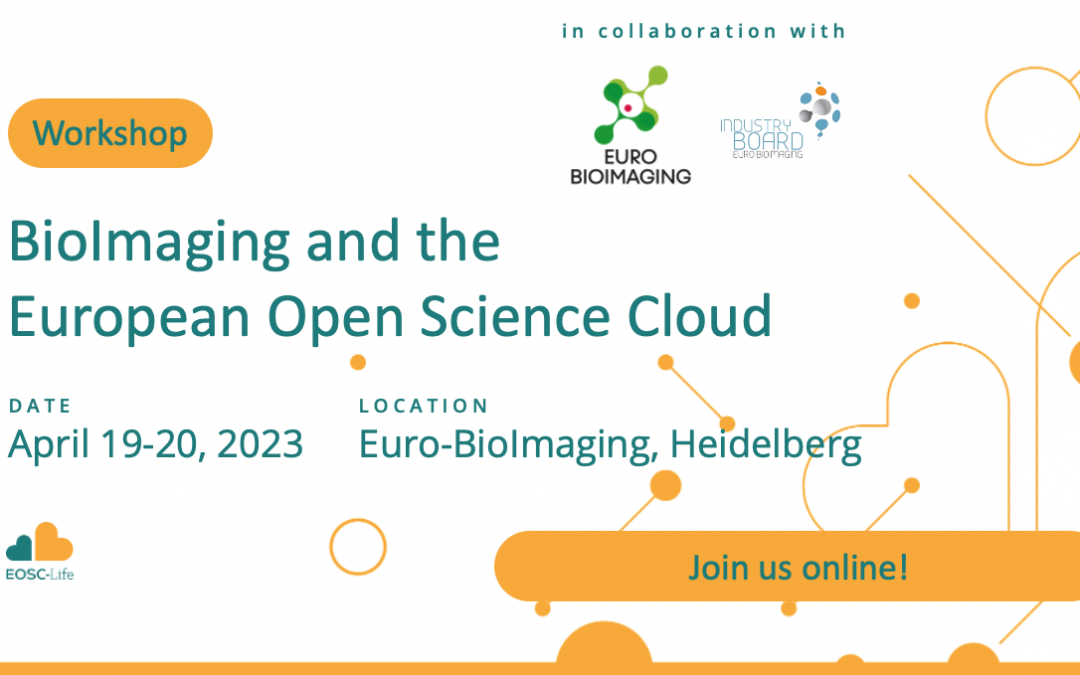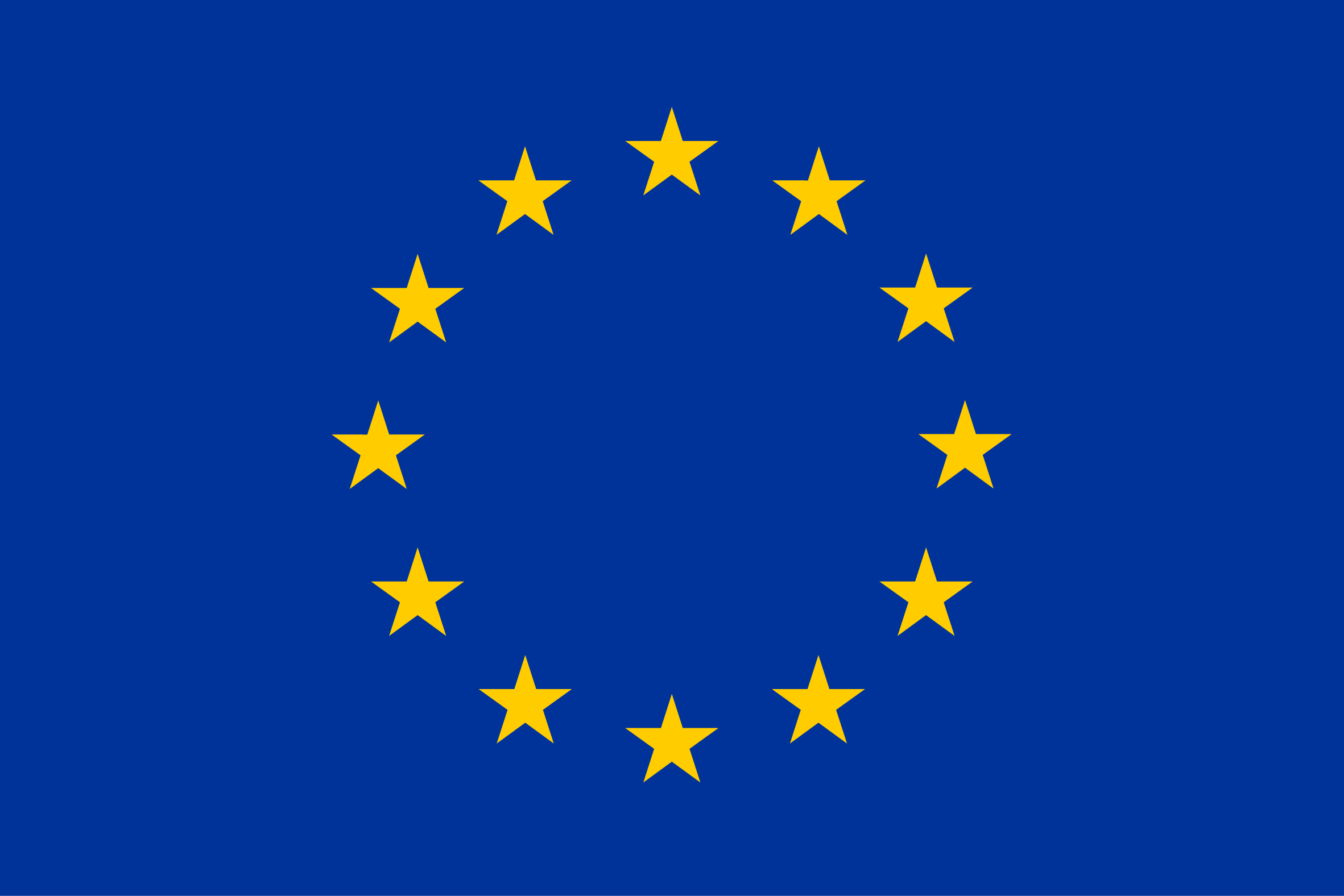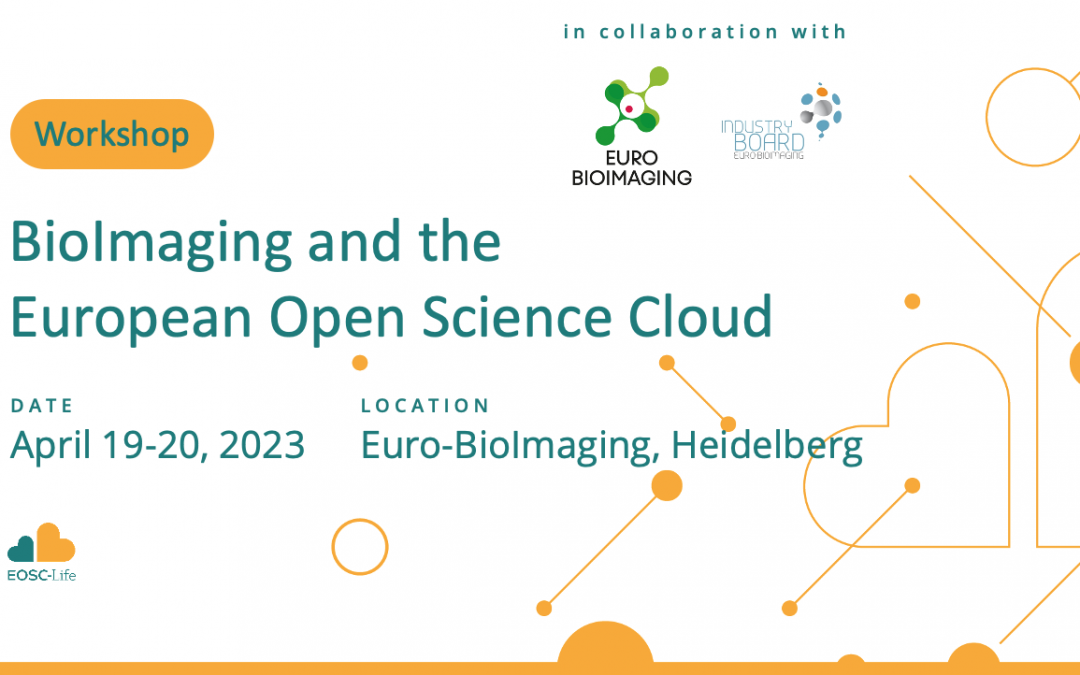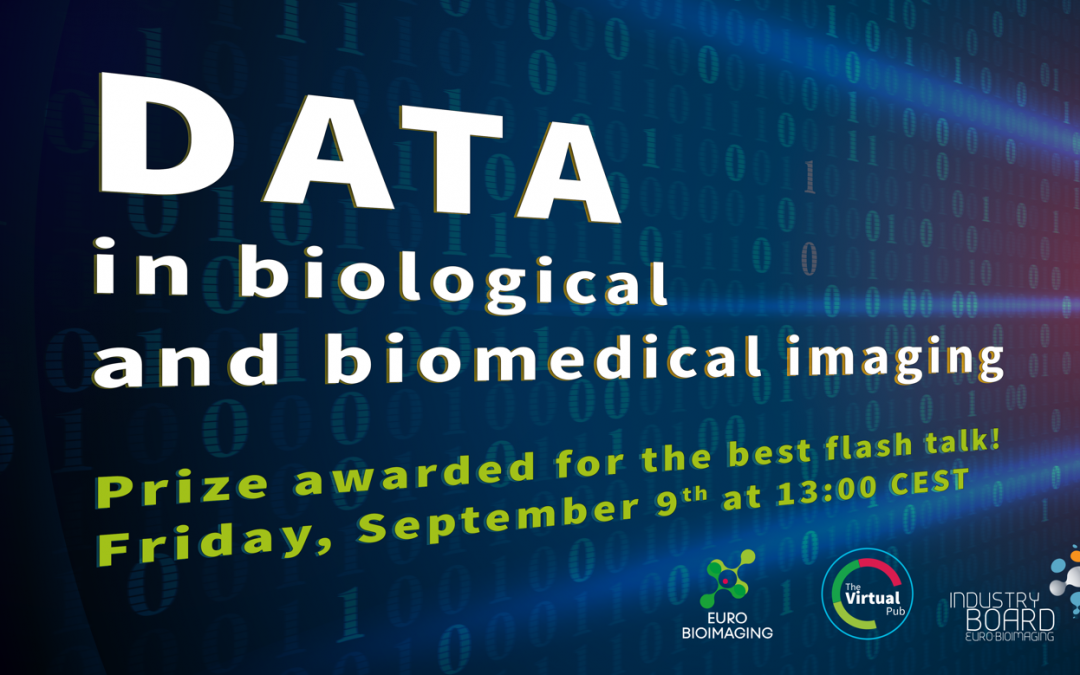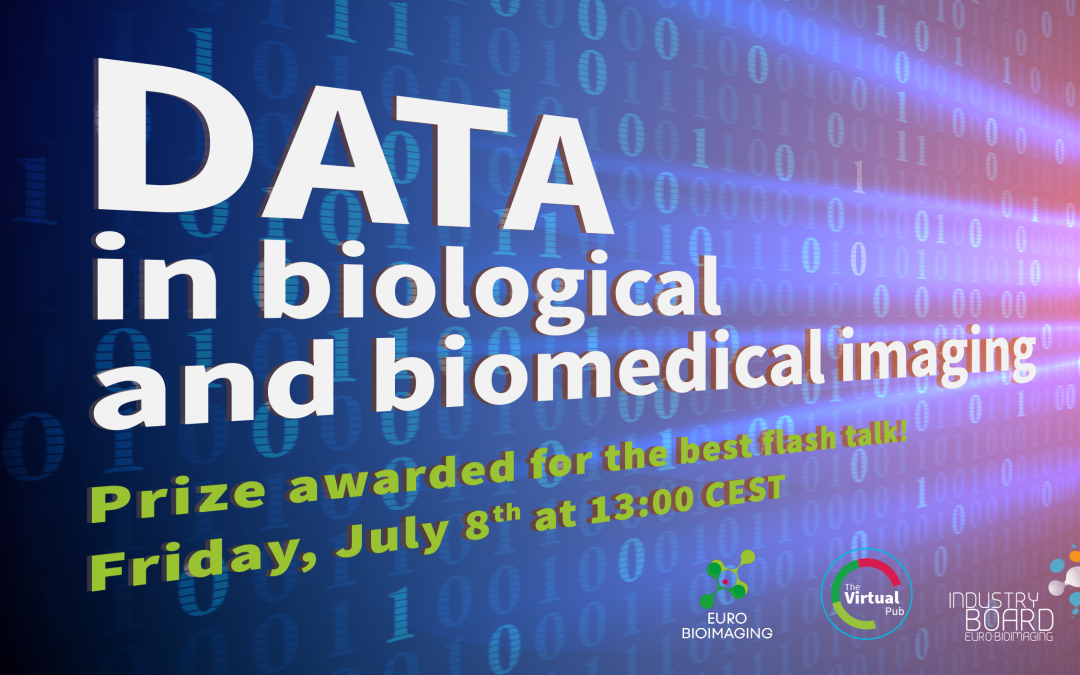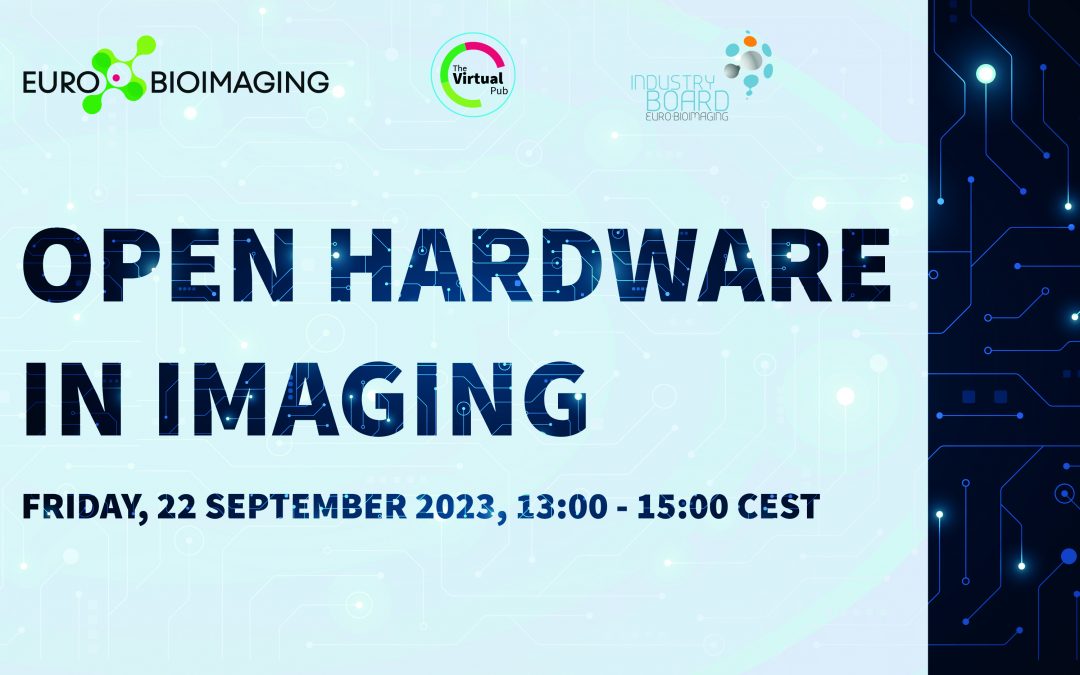
Virtual Pub Special Edition on “Open Hardware” – September 22, 2023

Imaging technologies are becoming increasingly complex and ever more expensive, reducing the general accessibility and potential reach of cutting-edge techniques. Many scientists and companies are committed to making imaging hardware and software solutions openly available to a wide audience.
The Special Edition Virtual Pub “Open Hardware in Imaging” in collaboration with the Euro-BioImaging Industry Board will highlight these developments, by featuring presentations of a number of open hardware projects in biological and biomedical imaging.
From open and modular hardware framework for light microscopy to adapting legacy commercial microscope frames to new modalities in order to obtain super-resolution performance, there is something for everyone at this Virtual Pub, so don’t miss out!
Download agenda here.
| Time | Title | Presenter |
| 13:00-13:10 | Opening | |
| 13:10-13:25 | Open-source to democratize the access to human MRI systems | Ruben Pellicer-Guridi, Asociación de Investigación MPC, Donostia–San Sebastián |
| 13:25-13:40 | The Benchtop mesoSPIM: a compact and versatile open-source light-sheet microscope for imaging cleared tissues | Nikita Vladimirov, University of Zurich |
| 13:40-13:55 | miEye: bench-top cost-effective open-source single-molecule localization microscopy hardware and software platform | Marijonas Tutkus, Vilniaus University |
| 14:00-14:15 | Harnessing Differentiable Data Models for Machine Learning Integration in Microscopy | Luis Oala, Dotphoton |
| 14:15-14:30 | An open source structured illumination microscopy extension for general fluorescence microscope body | Haoran Wang, Leibniz-Institute of Photonic Technology |
| 14:30-14:45 | General-purpose microscope control via Python: ImSwitch | Jacopo Abramo, Leibniz-Institute of Photonic Technology |
| 14:45-15:00 | The BrightEyes-TTM: an open-source time-tagging module for fluorescence laser scanning microscopy | Mattia Donato, Istituto Italiano di Tecnologia |
all times are CEST
Watch Luis Oala’s talk
Open-source to democratize the access to human MRI systems
Ruben Pellicer-Guridi1, Joāo S Periquito2, Tom O’Reilly3, Lukas Winter4
1Asociación de Investigación MPC, Donostia–San Sebastián, Spain; 2The University of Sheffield, Sheffield, England; 3Leiden University Medical Center (LUMC), Leiden, Netherlands; 4Physikalisch-Technische Bundesanstalt (PTB), Berlin, Germany
Nuclear Magnetic Resonance Imaging, more commonly known as MRI, is among the most sophisticated medical diagnostic instrument available . It offers a powerful diagnosis capability in a wide range of pathologies, yet its use is restrained due to its high costs. Until recently, the high technical complexity and resource demands have limited the development of these systems to only a few companies worldwide. This setting has arguably hindered innovation, restricting third party institutes to focus primarily on niche elements of the systems such as pulse sequences and sensors. However, the past decade has experienced a paradigm shift, with the emergence of numerous research groups capable of developing complete systems. Most of these novel systems fall in the low-field category, which refers to employing weaker magnetic fields. While low-field systems offer advantages in terms of costs and safety, they require extra attention to optimize image quality, which is inherently limited through lower signal-to-noise ratios.
Open-source is having a central role on this renaissance of innovative MRI systems. Openly sharing knowledge and know how, and following a modular approach has brought down the threshold to build complete MRI scanners that previously required a sizable pool of time, material and human resources. From software to hardware, there are being abundant open-source efforts shared around MRI. The Open Source Imaging Initiative (OSI²) has played a crucial role in promoting these efforts since 2016, utilizing various channels within the community. Among others, OSI² visualizes these works neatly classified on a website, has initiated sessions around open-source in the most popular MRI international conferences, and routinely organizes gatherings and hackatons. The mission and vision of OSI² goes beyond being a promoter of open-source practices, and has also become a vibrant community of developers working together, with the ultimate goal of benefiting patients. As part of this endeavour, OSI² is creating a blueprint for fully disclosed human low-field MRI systems, encompassing all the necessary components to facilitate their replication and utilization. The open-source concept extends beyond technical advancements and knowledge, as it permeates global markets through transparent documentation and comprehension of the systems, including their construction and use.
The Benchtop mesoSPIM: a compact and versatile open-source light-sheet microscope for imaging cleared tissues
Nikita Vladimirov
University of Zurich
mesoSPIM is an open-source light-sheet microscopy project for imaging cleared tissues (http://mesospim.org/). Our goal is to develop and share knowledge on how to build and use your own facility-grade light-sheet microscope – compatible with all tissue clearing techniques, at affordable cost, with open-source hardware and software, thus making light-sheet imaging more accessible for biological and medical research.
Currently, there are over 20 mesoSPIM systems in operation around the world, with 8 of them at microscopy core facilities, used for a variety of cleared samples in neuroscience and developmental biology. We demonstrate a new-generation “Benchtop” mesoSPIM design, which offers multiple improvements over the original mesoSPIM: resolution of up to 1.5 µm laterally and 3.5 µm axially, magnification range 0.9-20x, a 1.5x larger field of view, 4x smaller footprint, at a cost of about 95k USD. The user-friendly control software allows for acquisitions with multiple tiles, channels, and angles at high speed.
We demonstrate several applications from neuroscience and developmental biology, as well as a novel use in physics. The microscope is designed as an open-source high-throughput system with a compact footprint, affordable cost, and assembly instructions aimed at non-experts.
miEye: bench-top cost-effective open-source single-molecule localization microscopy hardware and software platform
Marijonas Tutkus
Vilnaus University
Our miEye Bench-top super-resolution microscope system [doi:10.1016/j.ohx.2022.e00368] provides exceptional performance using affordable equipment. We achieved a lateral sample drift of approximately 10 nm over 5 minutes, while our autofocusing system effectively controlled Z drift. Additionally, we achieved a ground-truth resolution of approximately <15 nm using DNA PAINT in vitro and <30 nm using dSTORM in fixated cells. The miEye system is an open-microscopy project, and we have made all information, including parts list, assembly guide, and software code (microEye: https://github.com/samhitech/microEye for microscope control, data acquisition, and analysis/visualization), available as open-source [doi:10.17605/OSF.IO/J2FQY].
In this presentation, I will present the latest updates to our microscope’s hardware and software, which includes the installation of a dual-view emission path and 3D localization using astigmatism. We have also conducted extensive testing of various industrial-grade CMOS cameras compared to our reference sCMOS cameras. I will showcase our system’s capabilities through demonstration experiments, such as reliable tracking of HaloJF647-tagged Kinesin molecules in living eukaryotic cells on GFP-tagged microtubules, highlighting the applicability and limitations of our system. This presentation will cover advancements in our super-resolution localisation microscopy system and its use in exploring biological systems.
Harnessing Differentiable Data Models for Machine Learning Integration in Microscopy
Luis Oala
Dotphoton
The integration of machine learning with data acquisition in microscopy has emerged as a promising frontier. This abstract summarizes key concepts, results, and implications from a study exploring the potential of physically accurate, differentiable data models in enhancing image acquisition and model training.
Our study introduces drift synthesis, forensics, and optimization, all underpinned by a differentiable data model. Drift synthesis creates physically faithful test cases for model selection. Forensics identifies areas for performance improvement. Optimization employs machine learning to optimize image processing by backpropagating from the task model through the ISP to the raw sensor data.
The microscopy experiments demonstrate the effectiveness of these concepts. Task models trained on physically faithful data models outperformed those trained on common corruptions. Changes in the black level configuration and denoising parameters pose the greatest risk for task model performance. The drift optimization experiment demonstrated how raw data and a differentiable data model can be used to identify unfavorable data models that should be avoided during task model deployment.
These findings suggest that machine-optimized processing could lower hardware costs, making high-quality ISPs more affordable. The use of physically accurate data models for dataset drift validation underscores the importance of precise data models in maintaining task model performance.
In the context of the Open Hardware in Imaging workshop, these findings highlight the potential of machine learning and physically accurate, differentiable data models to innovate image acquisition and model training in microscopy. The differentiable nature of the data model allows for the integration of classical machine learning with data acquisition, opening up new possibilities for research and application in microscopy.
For more details, refer to the full paper Oala, Luis, Marco Aversa, Gabriel Nobis, Kurt Willis, Yoan Neuenschwander, Michèle Buck, Christian Matek et al. “Data Models for Dataset Drift Controls in Machine Learning With Optical Images.” Transactions on Machine Learning Research (2023).
An open source structured illumination microscopy extension for general fluorescence microscope body
Haoran Wang
Leibniz-Institute of Photonic Technology, Jena, Germany
This work demonstrates a structured illumination extension for a general epi-fluorescence microscope. Its low photon-dose and speed makes structured illumination microscopy (SIM) an ideal super-resolution (up to 2x) fluorescence microscopy for live cell imaging. However, the high price tag of commercial and home build devices makes it a rare and exclusive tool not available to a large group of researchers.
In our setup, a digital mirror device (DMD) is used as a spatial light modulator operating at video frame rates. The setup is fully controlled by the open source software “ImSwitch”, and thanks to the SIM reconstruction algorithm, the setup can reconstruct the raw images in real time. The self-contained module adapts to many commercial microscope bodies and can be replicated using off-the-shelf tools and hardware to provide high-resolution microscopy techniques on a small budget.
General-purpose microscope control via Python: ImSwitch
Jacopo Abramo
Leibniz-Institute of Photonic Technology, Jena, Germany
ImSwitch is an open-source microscope control software designed for custom-built microscopy setups. Fully developed in Python, it uses a Model-Viewer-Presenter (MVP) architecture – a standard in the industry as well. It offers strong modularity through customizable widgets that can be loaded as needed through JSON configuration files. ImSwitch supports hardware synchronization for scanning techniques and provides an extendable hardware layer, enabling seamless integration of different microscope components. By embedding napari, it also opens the possibility of using existing napari plugins in cohesion with the software. The ImSwitch community also aims to enrich the device control layer by integrating the Micro-Manager core with its rich support of devices.
The BrightEyes-TTM: an open-source time-tagging module for fluorescence laser scanning microscopy
Mattia Donato
Istituto Italiano di Tecnologia, Molecular Microscopy and Spectroscopy
Single-photon avalanche diode array detectors (SPAD) array detectors have changing fluorescence laser-scanning microscopy (LSM) by giving a new set of information about the location opening to a new photon-resolved data acquisition approach. Fluorescent photons are recorded one-by-one with a series of spatial and temporal signatures precluded to typical single-element detectors.
The rapid progress of detectors SPAD array detectors and the ever-evolving demands of research goals have motivated us to develop an open-source, low-cost, versatile, multi-channels time-tagging module (TTM) based on a FPGA (Field-Programmable Gate Array). The TTM is capable of simultaneously tagging multiple single-photon events with a precision of 30 ps, as well as multiple synchronization events with a precision of 4 ns.
The TTM is a slave device that can be easily connected to LSM microscope equipped with SPAD array detector, enabling to perform live-cell super-resolved fluorescence lifetime image scanning microscopy and fluorescence lifetime fluctuation spectroscopy.
Implemented on a commercial Xilinx Kintex-7 FPGA evaluation board, the TTM is an FPGA project developed using VHDL/Verilog. With its user-friendly approach, the pre-compiled firmware can be effortlessly uploaded by users onto the FPGA. The TTM seamlessly streams data through the USB 3.0 port. At the same time as the source code is available, experts can modify it and adapt it to the own needs. Furthermore, the TTM offers a framework of software for data acquisition and a set of Python library for data analysis.
The BrightEyes-TTM is part of the open-source suite, which was born as an offshoot of the BrightEyes project founded by the ERC in 2018. This suite also includes the Microscope Control System (MCS), a Python/NIFPGA-based microscope control system, and a comprehensive Python library for advanced data analysis in Image Scanning Microscopy (ISM).
We are confident that the introduction of the BrightEyes-TTM can support the microscopy community in promoting the adoption of SP-LSM in life science laboratories.
